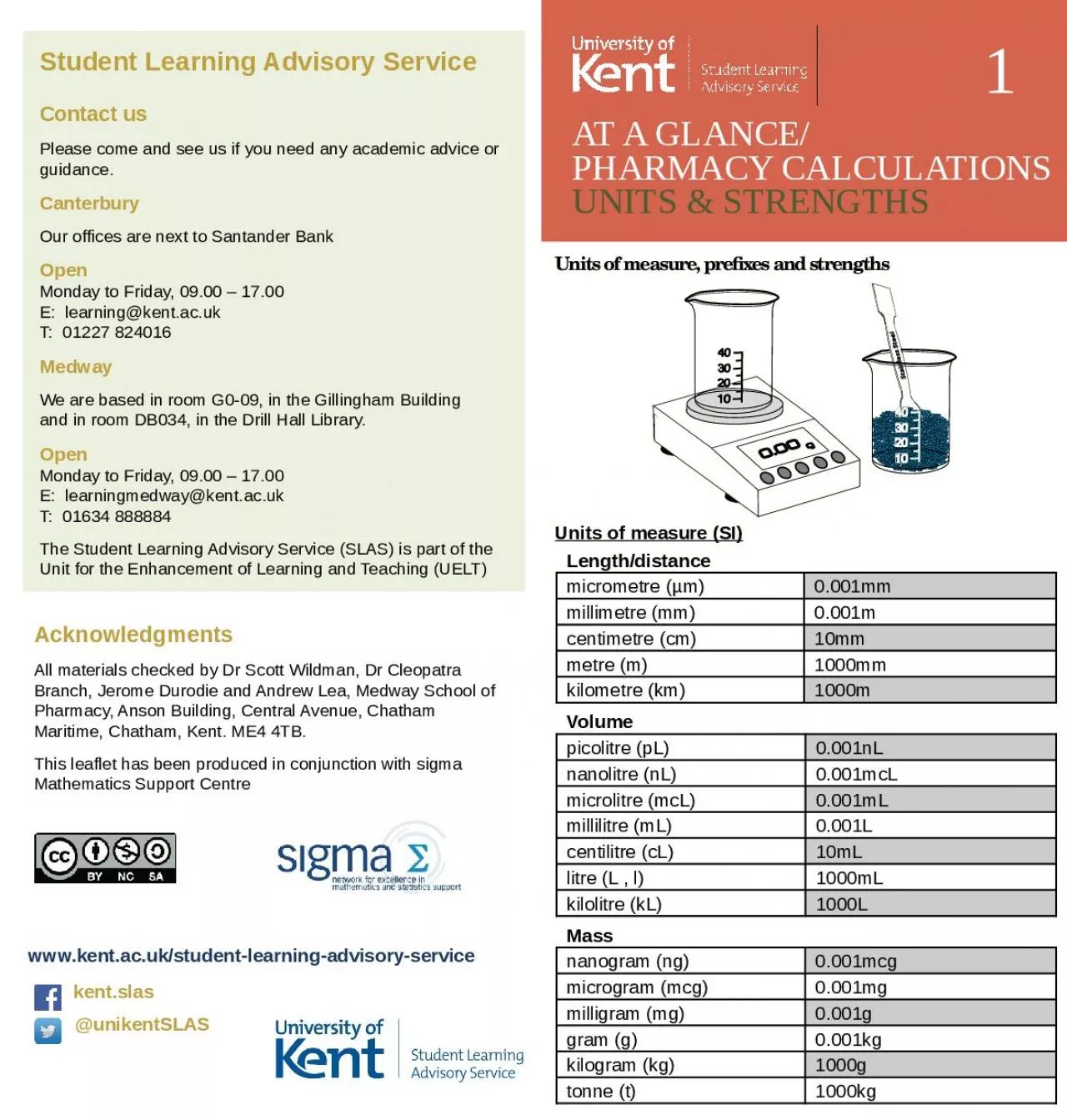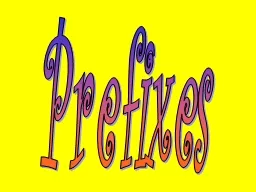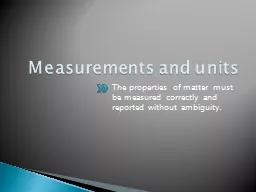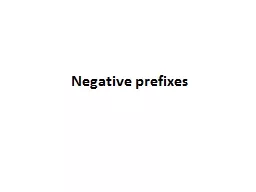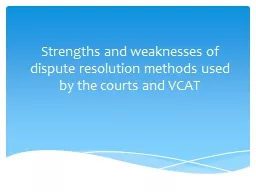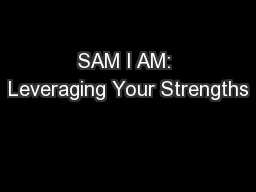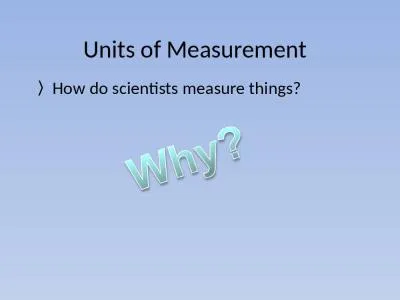PPT-Units of measure, prefixes and strengths
Author : rosemary | Published Date : 2023-07-14
20 2 6 20 2 3 AT A GLANCE PHARMACY CALCULATIONS UNITS amp STRENGTHS 1 Lengthdistance micrometre µm 0001mm millimetre mm 0001m centimetre cm 10mm metre m 1000mm
Presentation Embed Code
Download Presentation
Download Presentation The PPT/PDF document "Units of measure, prefixes and strengths" is the property of its rightful owner. Permission is granted to download and print the materials on this website for personal, non-commercial use only, and to display it on your personal computer provided you do not modify the materials and that you retain all copyright notices contained in the materials. By downloading content from our website, you accept the terms of this agreement.
Units of measure, prefixes and strengths: Transcript
Download Rules Of Document
"Units of measure, prefixes and strengths"The content belongs to its owner. You may download and print it for personal use, without modification, and keep all copyright notices. By downloading, you agree to these terms.
Related Documents

